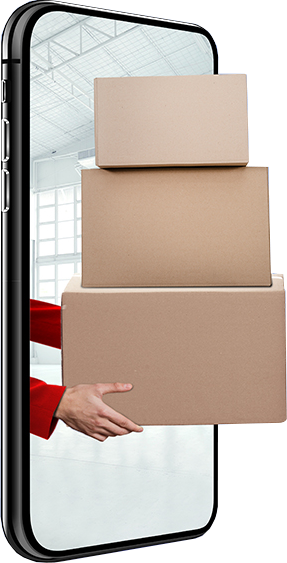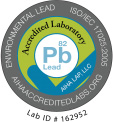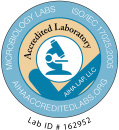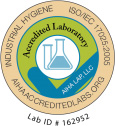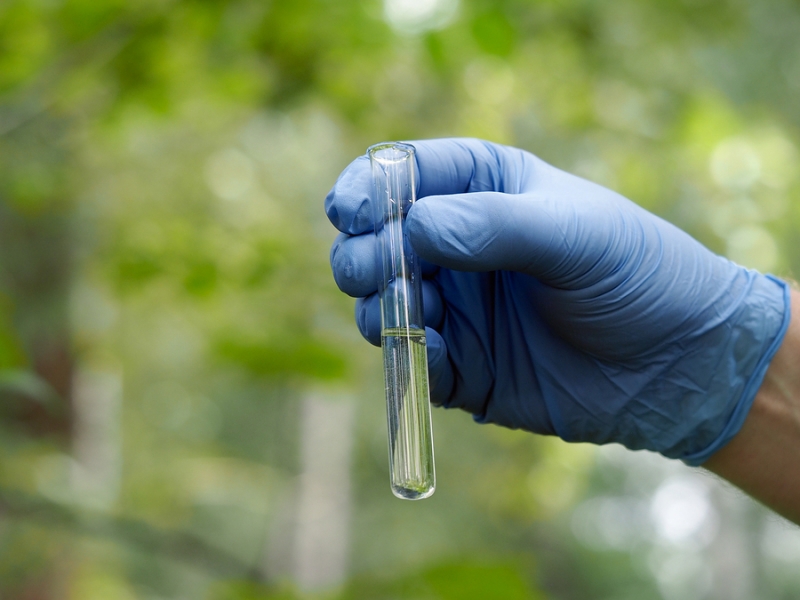 Since water is the most important necessity of life and every living being needs water to survive, maintenance of its quality is really important for human health. Therefore, frequent testing of drinking water is crucial to the safety and health of humans.
Since water is the most important necessity of life and every living being needs water to survive, maintenance of its quality is really important for human health. Therefore, frequent testing of drinking water is crucial to the safety and health of humans.
The collection of water samples needs to be done properly in order to get accurate results. Although different labs have different SOPs, there aresome basic principles of water sampling that are followed everywhere.
Sampling and preservation techniques, holding times and even the types of bottles in which water is collected all play key roles in getting the accurate results.
What Does The Water Need To Be Tested For?
Water is generally tested for any of the following things:
- Lead
- Bacteria i.e. E. coli and Total Coliform, Legionella.
- Pesticides
- Volatile Organics
- Free Chlorine Residual
- pH
Sampling: The Right Way
If you are collecting water samples without an expert’s help, it is advised that you first learn about the correct techniques because if samples are not collected according to the basic instructions or guidelines, the samples will either not be accepted by the lab or will not yield accurate results.
The following are basic directions for collecting water samples the right way:
- Collect the Water in Approved Sample Bottle
There are different types and sizes of water sample bottles for each type of testing. For example, for bacteria testing, a clear and sterilized bottle is used. If water is to be tested for presence of lead, small plastic bottles are used to collect the sample. For pesticides and volatile organics, glass containers that are typically dark colored are used.
Bottles for each type of testing may also vary in size because the quantity of sample needed for each test varies. Contact the laboratory for assistance in selecting the appropriate sample collection bottle.
- Water Should Be Collected From the Supply People Drink From
It is important to collect the sample from the supply people drink from without any filter, aerator, or any other water treatment equipment. Remove any such equipment before collecting the sample. In the majority of cases, experts recommend collecting water from the kitchen sink after letting the water run for 2 to 3 minutes. Care should be taken so that the bottle opening does not touch the faucet or sample collector.
- Take Care of Holding Time and/or Preservatives
While most laboratories provide bottles that are pre-preserved, some samples require preservation at the time of collection, such as volatile organics. Be sure to check with the laboratory.
In most cases, the temperature acts as the most important preservative. Most samples need to be kept at cooler temperatures, i.e. between 4-6 degrees Centigrade, to prevent the breakdown of contaminants.
The holding time, i.e. the time from collection to the start of the analysis process, is another important factor that can affect the testing. Different samples have different holding times that range from 6-30 hours. Therefore, it is important that you, the experts, know about holding time to make sure you get the most precise results.
- Completely Fill the Chain of Custody Form
Make sure to completely fill the Chain of Custody form or your sample may not be processed at the lab. This form is a legal document and contract; therefore it is necessary that it be done properly and legibly.
- Send It to the Lab Right Away
After sample collection, immediately fill the Chain of Custody form. It is recommended to place the Chain of Custody form in a sealed plastic bag to prevent moisture rendering it illegible. Place the water sample in a cooler with ice packs and deliver it to the lab right away. Most labs do not accept the samples if they are brought after more than 24 hours of collection.
| Important: There are some specific guidelines regarding sampling for each type of contaminant. So, make sureto ask for the specific instructions while collecting sample bottles from the lab. |
SanAir Technologies Laboratory provides asbestos, lead and metals, legionella identification, and microbiology identification services in Richmond, Virginia. Dial 888-895-1177 to make an appointment for a visit or for any further details.
Sources
http://agsci.psu.edu/aasl/water-testing/drinking-water-testing/how-to-collect-a-water-sample
https://myhealth.alberta.ca/Alberta/pages/bacteria-testing.aspx
http://www.watertechonline.com/best-practices-for-collecting-water-samples/
http://www.who.int/water_sanitation_health/water-quality/small-community-management/2edvol3d.pdf




